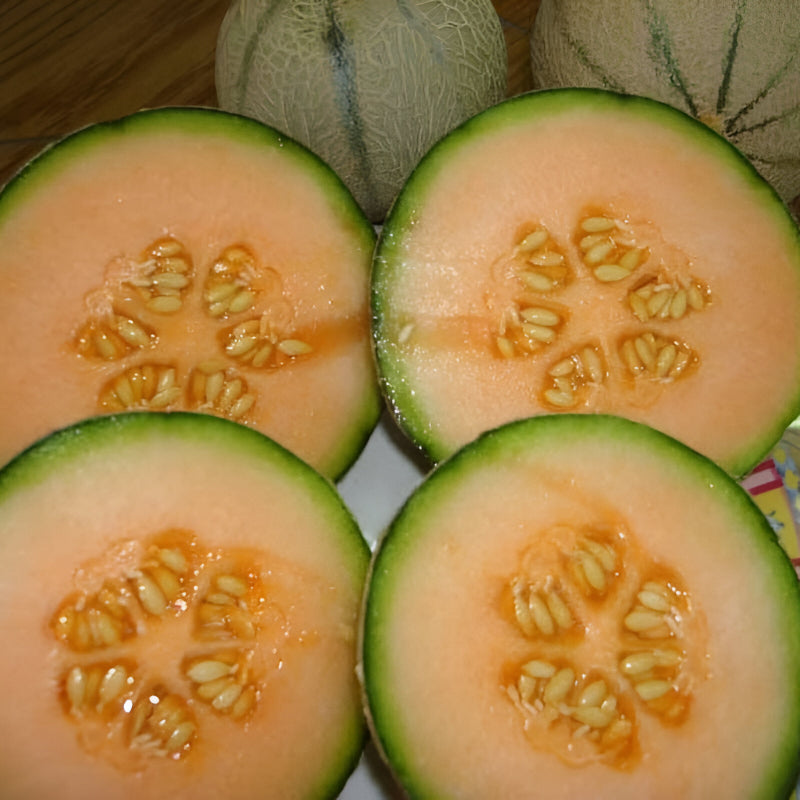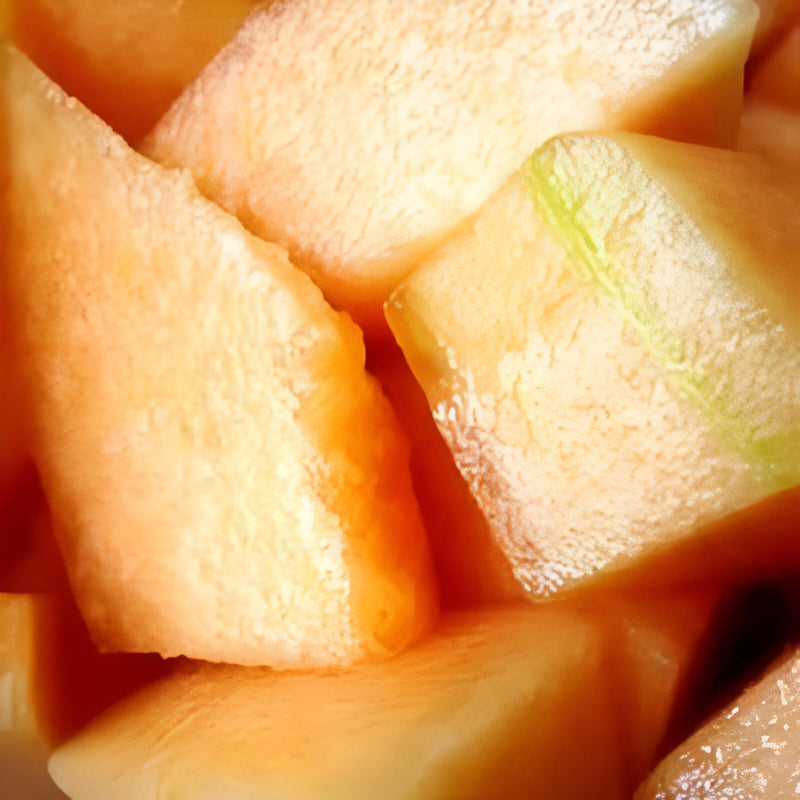- Historical context: Cantaloupe is a variety of muskmelon (Cucumis melo) that has been cultivated for thousands of years. It is believed to have originated in ancient Persia (modern-day Iran) and was later introduced to Europe and other parts of the world.
- Geographical origination: Persia (modern-day Iran) is considered the geographical origin of cantaloupe.
- Relevant cultural significance: Cantaloupe has been a significant fruit in various cultures, especially in the Mediterranean region, where it is often consumed fresh or in salads.
- Time period of discovery: Cantaloupe has been cultivated since ancient times, with records dating back to at least 2400 BCE.
- Original habitat: The original habitat of cantaloupe includes warm, arid regions with well-drained soil.
- Notable historical uses: Historically, cantaloupe has been used primarily as a fresh fruit, but it has also been used in traditional medicine for its hydrating and cooling properties.
- Ideal temperature range: 70-90°F (21-32°C) is the ideal temperature range for growing cantaloupe.
- Soil type: Cantaloupe thrives in well-drained, sandy loam soil with a pH between 6.0 and 6.8.
- Sunlight requirements: Full sun exposure is essential for optimal growth, requiring at least 6-8 hours of direct sunlight per day.
- Watering needs: Cantaloupe requires consistent watering, especially during the fruiting stage. However, avoid waterlogging as it can lead to root rot.
- Planting season: Plant cantaloupe seeds in the spring after the last frost date when the soil has warmed up to at least 60°F (15°C).
- Germination time: Seeds typically germinate within 7-10 days under optimal conditions.
- Growth cycle duration: Cantaloupe plants usually take about 70-90 days from planting to harvest.
- Common pests and diseases: Common pests include aphids, cucumber beetles, and squash bugs. Diseases such as powdery mildew, downy mildew, and fusarium wilt can also affect cantaloupe plants.
- Companion planting advice: Good companion plants for cantaloupe include corn, beans, and radishes. Avoid planting near potatoes as they can attract similar pests.
- Common challenges and solutions: Challenges include pest infestations and fungal diseases. Solutions involve regular monitoring, using organic pesticides, and ensuring proper air circulation around the plants.
- Nutritional values: Cantaloupe is rich in vitamins A and C, potassium, and dietary fiber. It is low in calories and high in water content, making it a hydrating fruit.
- Health benefits: The high vitamin C content boosts the immune system, while vitamin A supports eye health. The fruit's hydrating properties help maintain skin health and overall hydration.
- Culinary uses: Cantaloupe is commonly eaten fresh, added to fruit salads, smoothies, and desserts. It can also be used in savory dishes, such as salads with prosciutto.
- Medicinal uses: Traditionally, cantaloupe has been used to treat dehydration and heatstroke due to its high water content. It is also believed to have anti-inflammatory properties.
- Other unique advantages: Cantaloupe's high water content makes it an excellent choice for hydration during hot weather. Its sweet flavor and refreshing texture make it a popular summer fruit.








